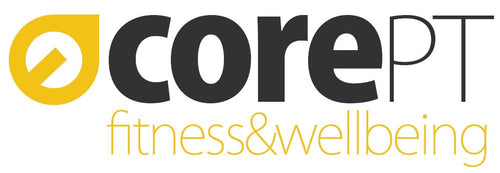There has been lots of fuss banded about recently regarding “Zone 2” training and its benefits for both fitness and general health. This type of training is not a new phenomenon, in fact its been widely recognised in the world of sports science for many years. You may also hear Zone 2 training referred to as “Aerobic Threshold”, “Fat adaptation zone” or “Lactate Threshold 1 (LT1)”.
Zone 2 training is a type of cardiovascular training that is done at a specific intensity level, typically defined as an aerobic heart rate range of 60-70% of maximum heart rate. There are other methods of establishing these zones, such as field tests and lab based lactate threshold testing, and its important to recognise that your “zone” will likely vary from sport to sport. It's also important to note that the specific heart rate range for Zone 2 training can vary depending on factors such as age, fitness level, injury history, technical ability so we would recommend some form of testing over standardised equations.
This type of training is often used by endurance athletes, such as runners, cyclists, and triathletes, to improve their aerobic capacity and endurance. Zone 2 training is considered to be a low-to-moderate intensity workout, which allows the body to use fat as a primary fuel source instead of carbohydrates. By training at this intensity, the body becomes more efficient at using oxygen to produce energy, which can help increase endurance and improve overall cardiovascular fitness. Zone 2 training can be done through a variety of activities, including running, cycling, swimming, and rowing. The goal is to maintain a steady heart rate within the specified range for a sustained period of time, typically 30 minutes or more.
What would the interest be of zone 2 training to those who aren’t athletes or training for a specific event? Well zone 2 is low stress so it can be done in higher volumes without risk of injury or major fatigue, it improves overall endurance, it utilises fat as fuel therefore there is less need to fuel the session which could lead to over consumption of calories or carbohydrates and finally it can be a very social way of exercising. Long outdoor bike rides in the sun with a coffee stop is always a great combination for us!
It's recommended to consult with a certified coach or trainer to determine the appropriate heart rate range and training plan for your individual needs and to understand both the theory and practical application of zone 2 workouts for your training plan. Like any workouts, it is best done as part of a periodised training plan where the volume can be planned, progressed and monitored.
